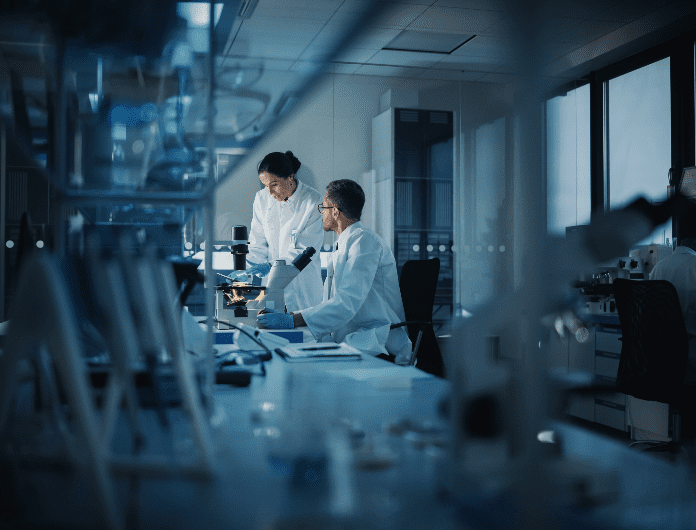Effect of centrifugation and washing on adipose graft viability: A new method to improve graft efficiency

Summary Background
Adipose tissue grafting is a promising method in the field of surgical filling. We studied the effect of centrifugation on fat grafts, and we propose an optimised protocol for the improvement of adipose tissue viability.
Methods
Adipose tissue was subjected to different centrifugations, and the volumes of interstitial liquid and oil released were measured to choose the optimal condition. Tissue from this condition was then compared to tissue obtained from two traditional techniques: strong centrifugation (commonly 3 min at 3000 rpm/900 g), and decantation, by injecting into immunodeficient mice. The cytokine interleukin-6 (IL-6) and chemokine monocyte chemotactic protein-1 (MCP-1) were assayed 24 h post-injection, and after 1 month of grafting the state of the lipografts was evaluated through macroscopic and histological analysis, with oil gap area measurement.
Results
Strong centrifugation (900 g, 1800 g) is deleterious for adipose tissue because it leads to until threefold more adipocyte death compared to low centrifugation (100 g, 400 g). In addition, mice injected with strong centrifuged and non-centrifuged adipose tissue have higher rates of blood IL-6 and MCP-1, compared to those grafted with soft centrifuged fat. Moreover, extensive lipid vacuoles were detectable on histological sections of the non-centrifuged lipografts, whereas lipografts from soft centrifugation contain a higher amount of connective tissue containing collagen fibres.
Conclusion
It is necessary to wash and centrifuge adipose tissue before reinjection in order to remove infiltration liquid and associated toxic molecules, which in the long term are deleterious for the graft. However, strong centrifugation is not recommended since it leads very quickly to greater adipocyte death. Thus, soft centrifugation (400 g/1 min), preceded by washings, seems to be the most appropriate protocol for the reinjection of adipose tissue.
2013 British Association of Plastic, Reconstructive and Aesthetic Surgeons. Published by Elsevier Ltd. All rights reserved.